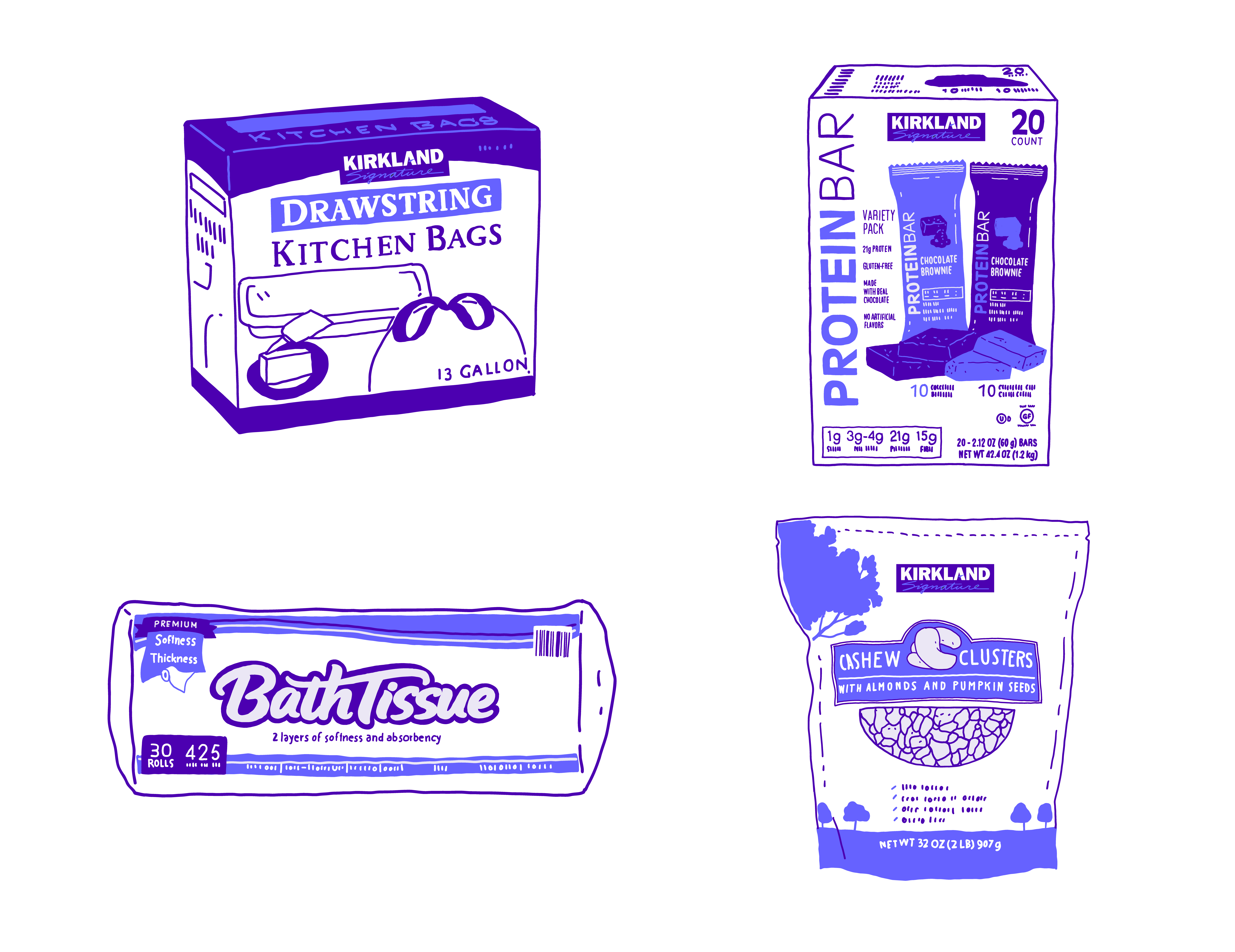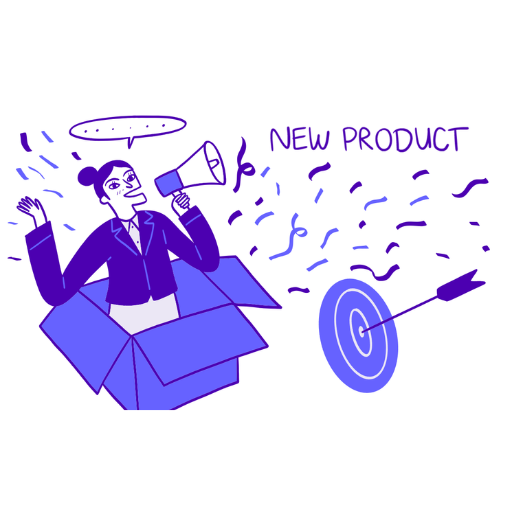
What makes you reach for a Coke over a generic cola? Why does one pair of running shoes feel more inspiring than another—even if the specs are the same?
The answer is product branding.
It’s what transforms a product from something people buy into something they believe in. Done right, branding creates connection, builds loyalty, and drives growth. This post walks you through what branding a product means, why it matters, and how to craft one that leaves a lasting impression.
What Is Product Branding?
Product branding is the identity your product builds in the minds of customers. It includes the name, logo, packaging, voice, values, and every interaction that shapes how the product is perceived.
But branding goes deeper than design. It defines what your product stands for, who it serves, and the promise behind every purchase.
When customers choose a brand, they’re choosing what that product represents. They’re buying the story, the feeling, the experience—before they even consider features or price.
Why Product Branding Matters in Marketing
Great marketing draws attention. Great branding earns trust.
Product branding makes every marketing effort more strategic and more effective. It gives your campaigns focus, turns customers into advocates, and makes decision-making faster—for both your team and your audience.
Here’s how a strong product brand supports your marketing:
- Recognition: People notice and remember your product more easily.
- Trust: Consistent branding builds familiarity and confidence.
- Value perception: Branding increases perceived worth, even at premium price points.
- Differentiation: A distinct brand identity separates you from lookalike competitors.
Marketing wins impressions. Branding wins preference.
Types of Product Branding
Different strategies serve different business models. Here are five common types of product branding:
- Individual branding
Each product has its own unique brand identity, separate from the parent company.
Example: Unilever’s brands like Dove, Axe, and Ben & Jerry’s all operate independently, with distinct positioning, design, and audiences.
- Umbrella branding
Multiple products are marketed under a single master brand.
Example: Apple uses its core brand across product lines like iPhone, MacBook, and AirPods. Everything carries the Apple name and reflects a unified brand experience.
- Private label branding
Retailers create and sell branded products under their own store name.
Example: Target’s Good & Gather or Costco’s Kirkland Signature offer store-branded goods across categories—positioned as affordable, trusted alternatives.

- Co-branding
Two established brands collaborate on a single product to combine strengths and reach new audiences.
Example: Nike and Apple’s fitness tracking partnership, or Doritos Locos Tacos from Taco Bell and Doritos.
- Minimal or anti-branding
A stripped-down approach used by brands that emphasize simplicity, function, or affordability.
Each type communicates something different about how a product fits into a buyer’s life—and how your company structures growth.
Product Branding Strategy: How to Get It Right
A successful product brand starts with clarity. The strongest brands are built on a foundation of five strategic elements:
- Brand Purpose
The difference your product makes beyond money. - Brand Position
The space your product occupies in the customers’ minds. - Brand Promise
The specific value your product consistently delivers. - Brand Pillars
The five core differentiators that give you the right to win. - Brand Personality
The tone, style, and emotional character of your product.
This framework isn’t theory—it’s how we’ve helped companies like Gabb and Crucial Learning scale faster, connect deeper, and stand out in their markets.
Start by listening to your audience. What do they need? What frustrates them? What would delight them? Let those insights inform every aspect of your product branding.
Product Branding Design: Bringing Strategy to Life
Design is how your brand speaks without saying a word. While the brand foundation always comes first, the design reflects and reinforces the emotional promise of your product.
Your visual identity should include:
- A distinct logo and wordmark
- A carefully chosen color palette
- Consistent typography
- Packaging that aligns with your personality and values
But design goes beyond aesthetics. It shapes the emotional environment around your product. Take Starbucks: the warm tones, earthy textures, and handwritten-style labels all work together to create a sense of comfort and familiarity. Every detail—from the cup design to the in-store experience—reinforces the brand’s promise of a personalized, welcoming break in the day.
Tip: Create a brand style guide to document every design decision and keep execution consistent across all touchpoints.
Product Branding Examples That Work
1. Gabb Wireless
Gabb sells kid-friendly tech products with no internet, no social media, and no distractions. Their product branding reflects a clear value: protecting childhood. The look, language, and emotional appeal of Gabb speak directly to parents who want safer, smarter solutions for their kids. And it’s what made them a category leader in just a few years.
2. Oatly
Oatly transformed oat milk from a commodity into a conversation piece. The brand’s visual style feels bold and quirky, while its tone of voice reads like a manifesto. That distinct identity helped the product leap off shelves and into culture, especially among values-driven consumers.
3. Nike
Every aspect of Nike’s product branding reinforces performance, possibility, and personal empowerment. From the name and logo to the tone of their campaigns, Nike invites customers to overcome obstacles, not just wear shoes.
These brands share one thing: clarity. They define their position, deliver on their promise, and speak directly to what their audience values.
Integrating Product Branding Into Your Marketing
Once you’ve built a brand, your job isn’t done. You have to bring it to life—across every customer touchpoint.
Here’s where to start:
- Website: Your homepage and product pages should clearly communicate brand promise and personality.
- Email: Every subject line, header, and call to action should reinforce your tone and visual consistency.
- Social media: Use your platform to tell stories, share values, and give people a reason to engage.
- Packaging: It’s not just what’s inside the box—it’s the unboxing experience that matters.
Pro tip: Build a messaging framework that outlines the benefits, tone, and messaging structure for your product brand.
Final Thoughts: Branding Builds the Bridge Between Product and Customer
Products solve problems. Brands build relationships.
Product branding helps customers see your product as the obvious—and preferred—choice. It guides perception, signals value, and turns one-time buyers into loyal advocates.
So if you're launching a product, evolving a brand, or recalibrating your market position, this is the place to start. Get clear on what your product stands for, and say it consistently, compellingly, and confidently.
Want to know if your product brand is working?
Take our free Brand Wheel Assessment and get a complete snapshot of where your product brand stands—and where it could go.
Or…
Looking to build a product brand that connects and converts?
Let’s talk. We’ll help you clarify your message and elevate your product to win trust, attention, and prepare it to scale.


.png)

.png)
.png)

.png)

.png)








.png)
.png)
.png)

.png)



.png)




.png)







.png)
.png)

.png)
.png)


.png)
.png)


.png)
.png)

.png)
.png)
.png)
.png)